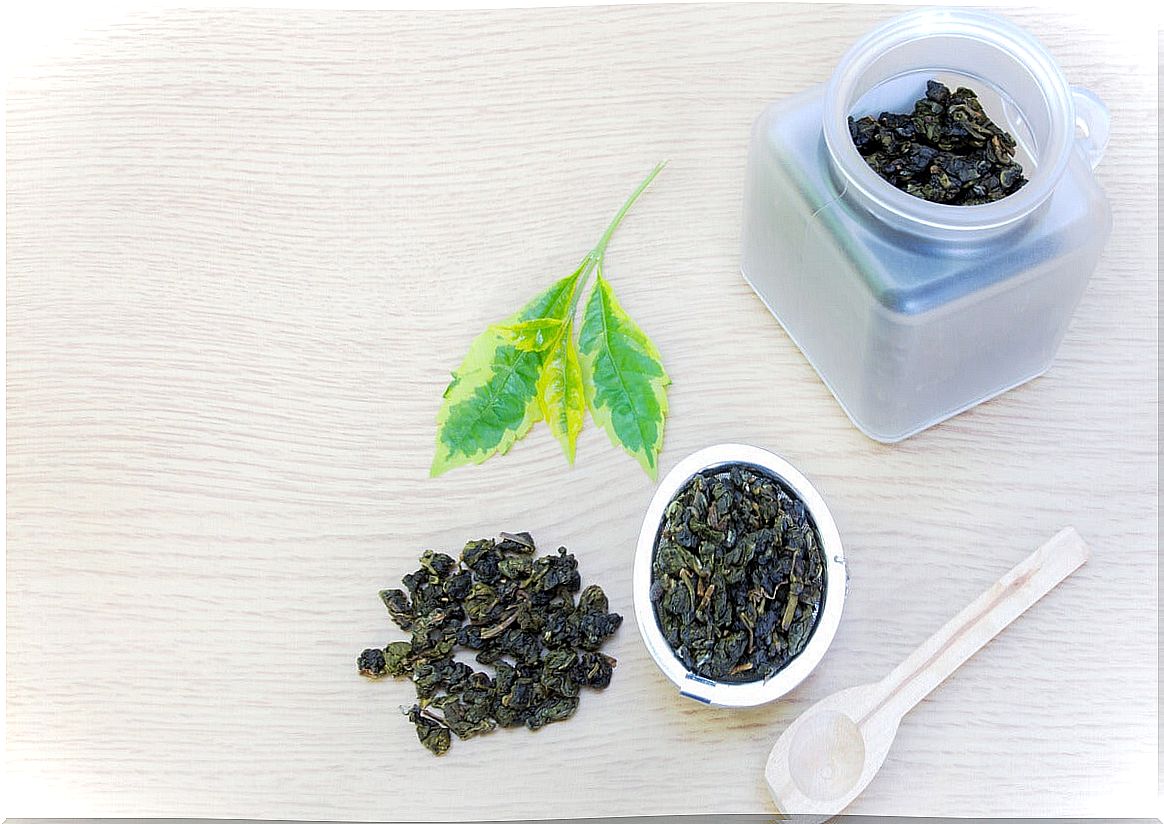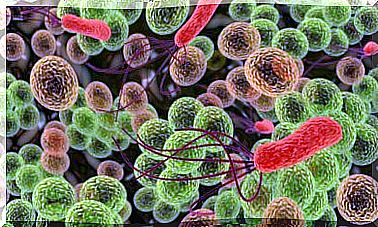New Study Explains The Antihypertensive Properties Of Green Tea And Black Tea
Both green tea and black tea have been investigated for their medicinal properties. A recent study determined that its compounds relax blood vessels and promote blood pressure control.

The antihypertensive properties of green tea and black tea have been the subject of several investigations. Years ago, an article published in the Journal of Hypertension reported that the flavonoids contained in these beverages cause vasodilator and antioxidant effects.
Therefore, its regular consumption seems to be an adjunct to prevent cardiovascular diseases and associated complications. A recent study, conducted by researchers at the University of California at Irvine, corroborates these effects and explains their mechanism.
Antihypertensive Properties of Green Tea and Black Tea Explained in New Study
First of all, it should be remembered that both green tea and black tea come from the Camellia sinensis plant , known for its medicinal properties. The difference between the two is that black tea oxidizes and green tea does not. Still, their composition is similar and both share benefits.
A study published in The Journal of Nutrition details that the two varieties of teas have an equally effective antioxidant capacity. Because of this, both have positive effects on blood vessel function. What is known about it?
In research recently published in Cellular Physiology and Biochemistry , a group of scientists at the University of California, Irvine, evaluated the antihypertensive properties of green tea and black tea. Experts made a finding that could explain why these drinks help lower blood pressure.
Specifically, they determined that two flavonoid compounds in these teas activate ion channel proteins in the wall of blood vessels, allowing them to relax. To be more exact, it is epicatechin gallate and epigallocatechin gallate-3 that activate a specific type of protein known as ‘KCNQ5’.
This protein, which is found in the smooth muscle that lines the blood vessels, favors the dissemination of potassium ions outside the cells to reduce cell excitability. In turn, this leads to the relaxation of blood vessels, which explains the antihypertensive effects of tea.

Promising results
Although previous studies already spoke of the antihypertensive qualities of green tea and black tea, the identification of the activation of the protein KCNQ5 as responsible for the vasodilator effect of these teas is promising for the development of future medications or dietary strategies to control the high blood pressure.
In fact, experts believe that the identification of selective activators of KCNQ5 may also be useful to develop (in the future) drugs against intellectual disability or epileptic encephalopathy. For what reason? KCNQ5 is expressed in various parts of the brain, regulating electrical activity and signaling between neurons.
Loss-of-function mutations of this protein are closely associated with these pathologies. Thus, this discovery could lead to new studies to find a mechanism to deal with such dysfunction.
Consumption mode
In countries like the United States and the United Kingdom, black tea is combined with cow’s milk before consumption. In this regard, the study authors observed that the addition of milk inhibited the KCNQ5-enhancing effects of black tea in vitro.
However, Geoffrey Abbott, professor in the Department of Physiology and Biophysics of the UCI Faculty of Medicine, and one of those responsible for the research, explained that the same does not necessarily happen when the tea is ingested by a person:
Such a hypothesis is supported by previous studies that conclude that milk does not alter the effects of black tea consumption. Among other things, the research team determined, through the use of mass spectrometry, that heating green tea to 35 degrees Celsius alters its chemical composition. Thus, it appears to be more effective in activating the KCNQ5 protein.
Regarding this, Abbott also explained the following:

Facts about the study
The first author of this study, entitled ” KCNQ5 potassium channel activation underlies vasodilation by tea” was Kaitlyn Redford, a graduate student in the Abbott laboratory.
The research was supported by the National Institutes of Health, the National Institute of General Medical Sciences, the National Institute of Neurological Disorders and Stroke, the Lundbeck Foundation, and the Danmarks Frie Forskningsfond.








